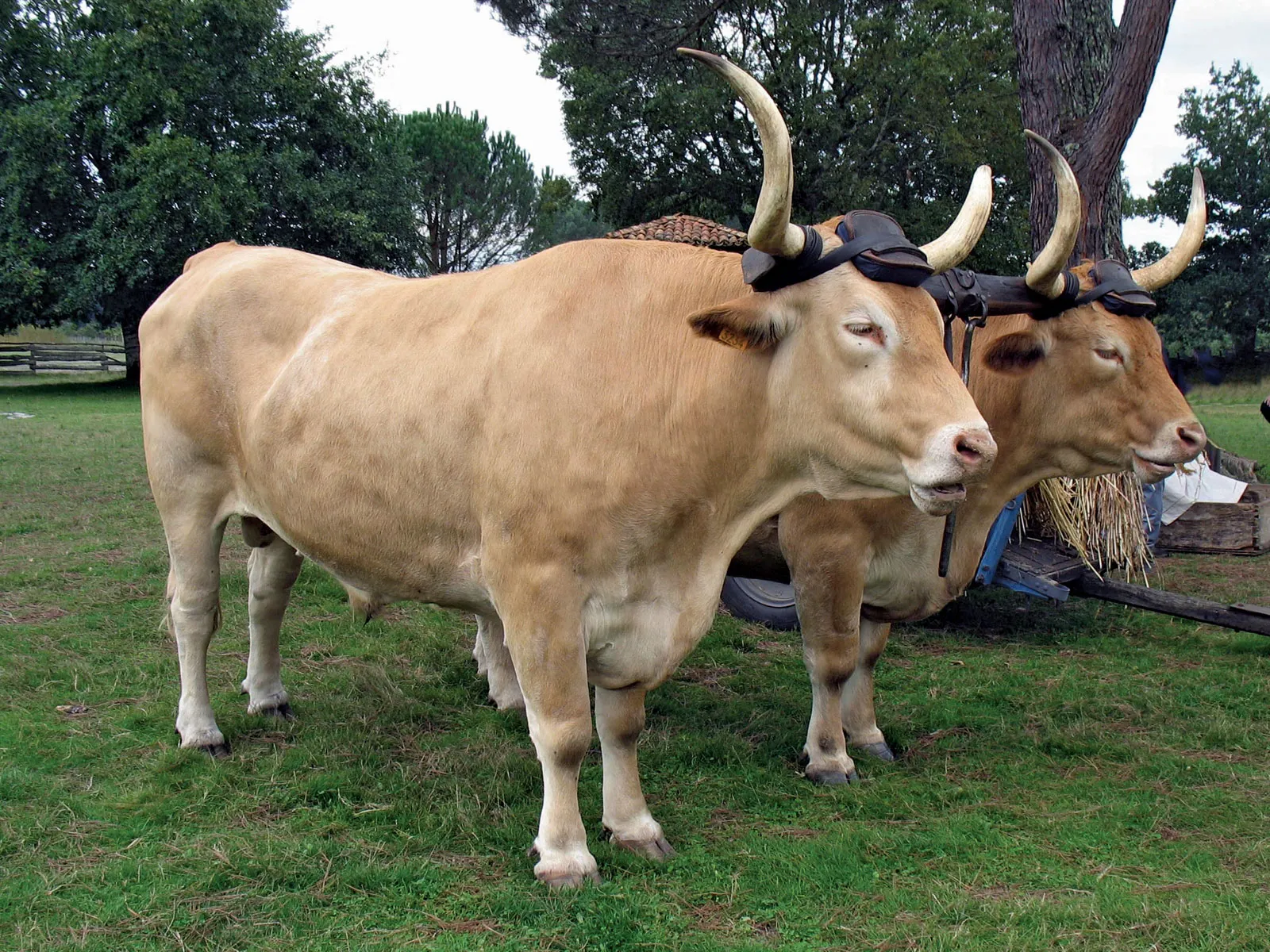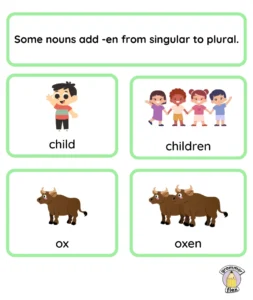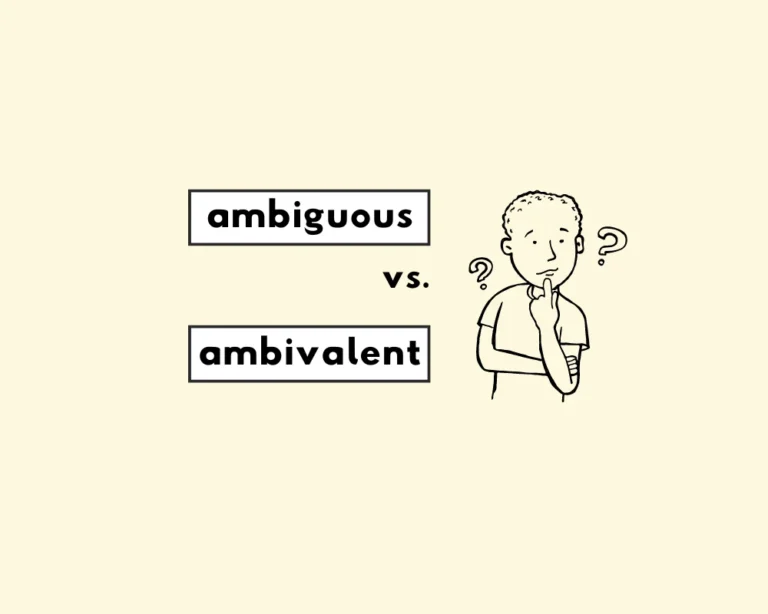
Contents
Toggle
What’s the plural of “ox”?
The correct plural of ox is oxen. The plural of ox is commonly mistaken as ox, or oxes. This is an understandable mistake, but if you remember that ox is an irregular noun, then you can avoid this common error. Of course, ox is not the only irregular noun in English, but how it switches from singular to plural is what makes this word unique … in English at least.

What’s an ox? Are ox the same as bison or buffalo?
The scientific definition of an ox is,
An even-toed ungulates (hoofed mammals), domesticated, ruminants, and have two horns on their heads.
Female oxen are generally called cows, whereas males (not castrated) are bulls. Cows, bulls, steer, ox, and oxen are all members of the cattle species, which is a subfamily “of the Bovinae and Bovidae.” Oxen, specifically, are castrated male adults that are domesticated for work and labour purposes.
Regular and irregular plural nouns
Oxen is an example of an irregular plural noun form since it does not end in the standard -s/-es that most plural forms take. See the following chart that includes other irregular plural nouns:
Oxen, plural, in sentences
1. Oxen are used for plowing, and transport purposes, such as pulling carts and wagons.
2. Oxen are usually yoked in pairs.
3. Oxen may be also used to skid logs in forests, particularly in low-impact, select-cut logging.
5. Working oxen are taught to respond to the signals of the teamster, bullocky or ox-driver.
6. Oxen are most often used in teams of two, paired, for light work such as carting. (New World Encyclopedia, oxen)
Ox used in sentences
1. The ox is very generally used as a draught animal in country districts remote from railways
2. Ox are a domesticated form of the large horned mammals that once moved in herds across North America and Europe
3. The ox is a member of the Bovidae family.
4. If the ox falls, whet your knife’
5. The black ox has trod on her foot.
6. In many cases, the benefit received by the oxen (safety, food, and shelter) has been small relative to the sacrifice entailed. (New World Encyclopedia, Oxen)
7. The ox has been a loyal companion and servant for human beings for many years.
8. Some cultures have learned to care for the ox.
Terms for male and female ox
A female ox, similar to a female moose, are called cows; (or cow moose, for moose.) Adult male oxen that are uncastrated are bulls. Castrated cattle are known as steer: castrated, male cattle that are kept for purposes of work or labour are oxen.
What do you call a group of oxen?
Groups of oxen, or cattle, are either called A yoke of oxen, or “a team of oxes” (two).
Origin of the word ox
Ox derives from the Middle English oxe:
“The domestic Bos taurus” (commonly meaning the castrated males, used to pull loads or for food).
In review: the plural of “ox”
1. The singular of oxen is ox.
2. The plural form of ox is oxen.
3. Oxen are adult male cattle that are castrated and kept for work/labour purposes.
Sources
- The Elk House
- Wikipedia on oxen.
- New World Encyclopedia: oxen.










